Telling Deck
The Telling Deck is a Walkingfolk fortunetelling device popular in the North.
Mechanics & Inner Workings
A standard deck contains between 80 to 100 cards.
However, depending on regional traditions, religious practices, and the purpose of the reading, fortunetellers might switch out certain cards or suites for others more appropriate to any of the above, giving a more personalized or relevant reading for the context at hand.
The deck (or decks) is kept inside of a bag, inside of a slightly larger box. Most fortunetellers are superstitious about their decks, only removing them from their innermost bag for the purposes of a Telling, or to “charge” the deck under specific environmental conditions determined by the owner (such as under a full moon, a new moon, within a fogbank, or on certain hours of the day).
Standard decks:
Telling Decks include six major, or "Outer," decks, which correspond to the six major directions and their associated symbolism. Each deck follows a particular moralistic narrative, describing different aspects of experienced life:- Vessel, or Water, Deck
- Peak, or Stone, Deck
- Flat, or Air, Deck
- Cleft, or Fire, Deck
- Eye, or Night Deck
- Egg, or Day Deck
- Fauna Deck
- Flora Deck
- Health, or Lifecycles, Deck
- Wealth, or Relationships, Deck
Alternate decks:
Depending on their background, realms of influence, and approaches to Telling, a Teln may also choose to supplement or switch out decks with alternate decks. Common alternate decks include:- The Court Deck
- The Event Deck
Significance
The Telling Deck is typically used between two individuals: the Tole (the person whose fortune is being explored, for a price), and the Teln (the person who is doing the interpretation). The process of fortunetelling is referred to as (prior to a session) the Telling or (when referring to a specific session or its results) the Teld.
The deck is first “Fixed,” or removed from its holding location by the Teln. They are passed to and shuffled by the Tole. It is vital that from this point until the cards are revealed, that no one other than the Tole should touch the deck.
The Tole then lays out cards in a spread, or “Flat”, the locations of which are predetermined by the Teln. Depending on the question and the depth of the Telling, several different spreads exist. The process is called “flattening the deck,” to “flat the cards,” or simply as “flattening.”
Once the cards are flat, the Tole “faces” the cards, or flips them according to the direction of the Teln. The Teln briefly interprets each card as they are revealed, and, once all the cards are faced, goes further in depth with connective themes. After a card is faced, the Teln will take over handling any of the cards, including the final process of putting them back into their bag and box.
The pictorial narratives in each card can be read in two ways: “Outward,” and “Inward.”
The Outward face of a card references when a flipped card is shown to be pictorially upright to the Tole. Outward-facing cards engage the Tole’s relationship and interactions to the external world.
The Inward face of a card references when a flipped card is shown to be pictorially upside-down to the Tole. Inward cards engage the Tole’s internal growth, struggles, or subconscious.
Outside of the little booth, the trade grounds rumbled with activity. The wizened Teln before Sarchi was no different, her fingers swift across the cards as she passed them to him with a sense of efficiency echoing the economy outside. She wasn't one to mask the fortunetelling with mystery or pretention, like some, and brusque as that might be, as he shuffled the cards and considered his questions, he felt positive he'd get the answers he'd need.
Item type
Religious / Ritualistic
Used by
Related Technologies
Related ethnicities
Owning Organization
Related Condition
Rarity
These decks are considered essential among Teln, though different Teln may have their own specific compositions of inner and outer decks.
Raw materials & Components
Telling Deck cards are usually made of a stiff, heavy paper, sometimes with a waxen coat to protect the images.

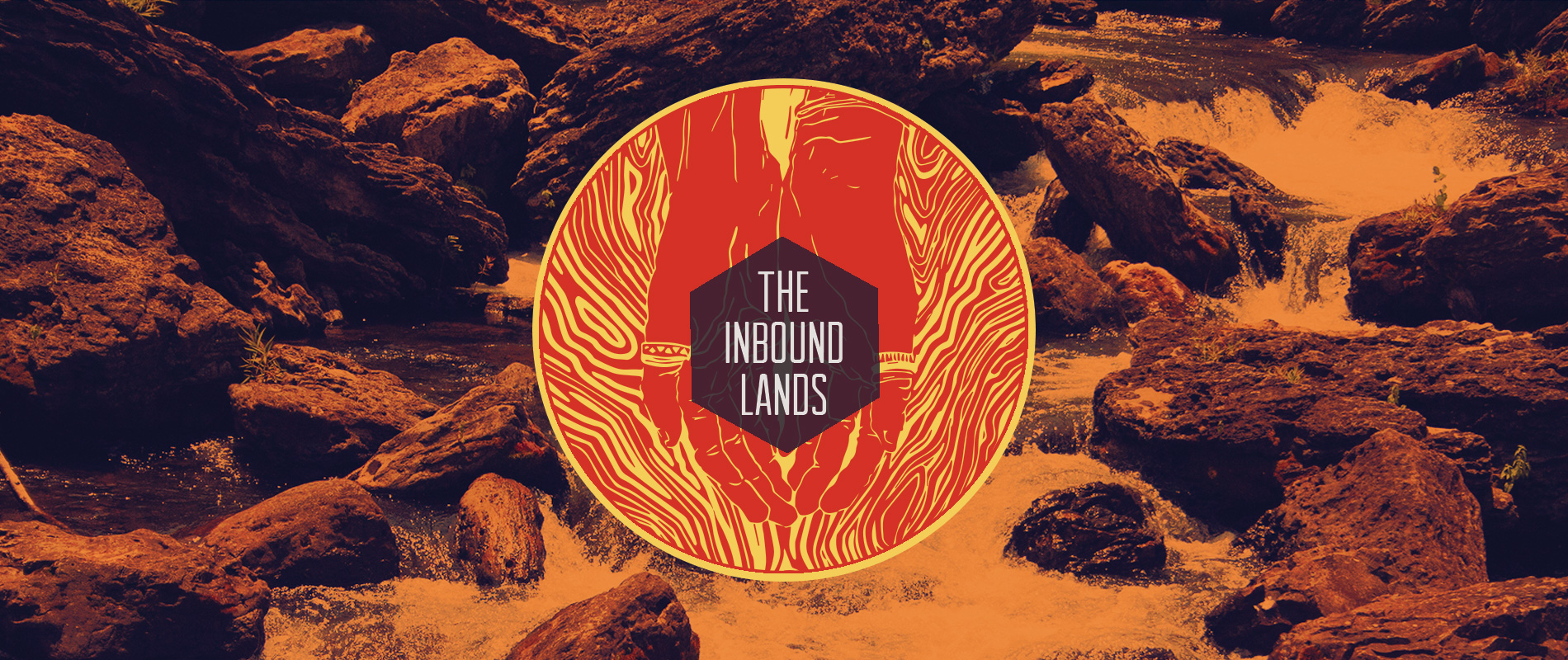


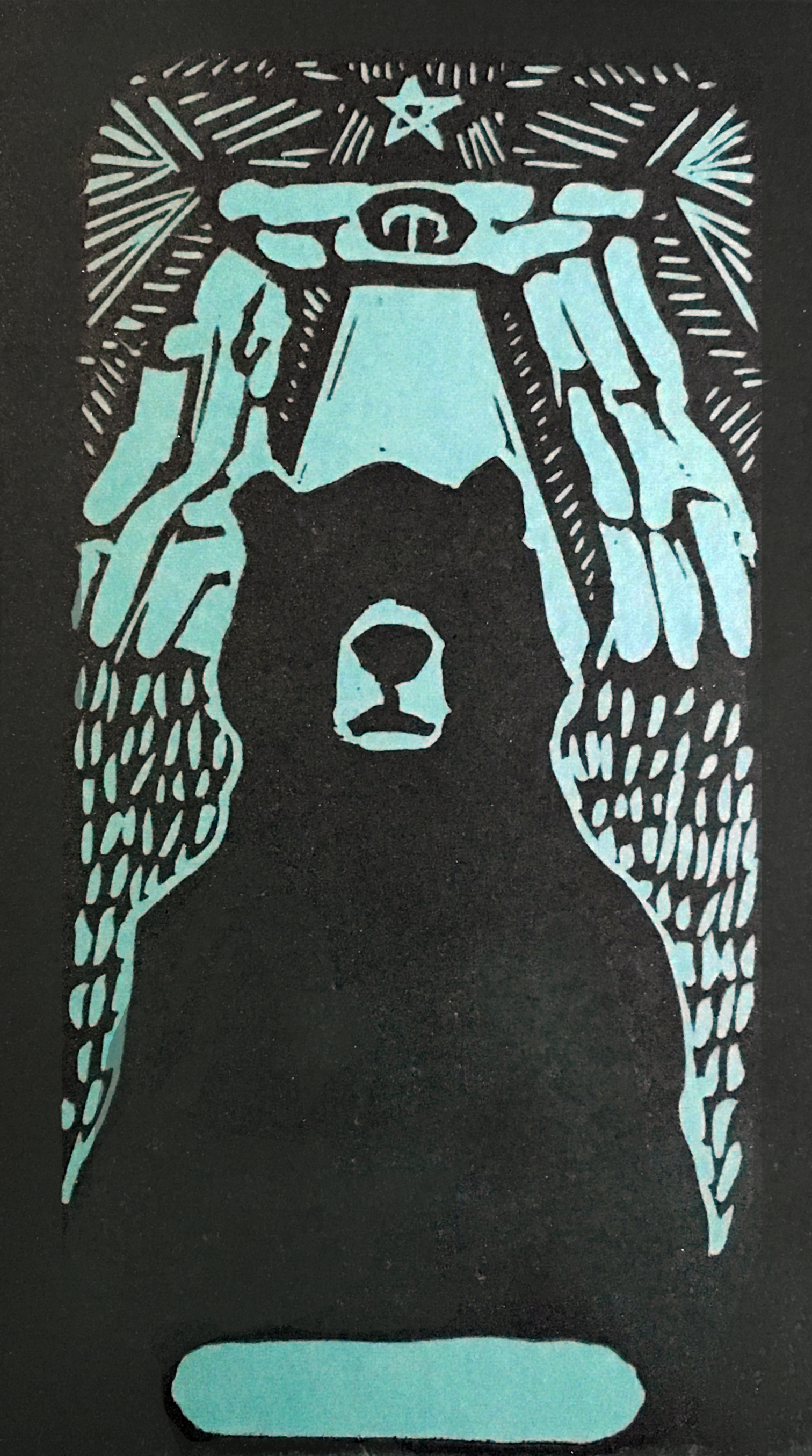
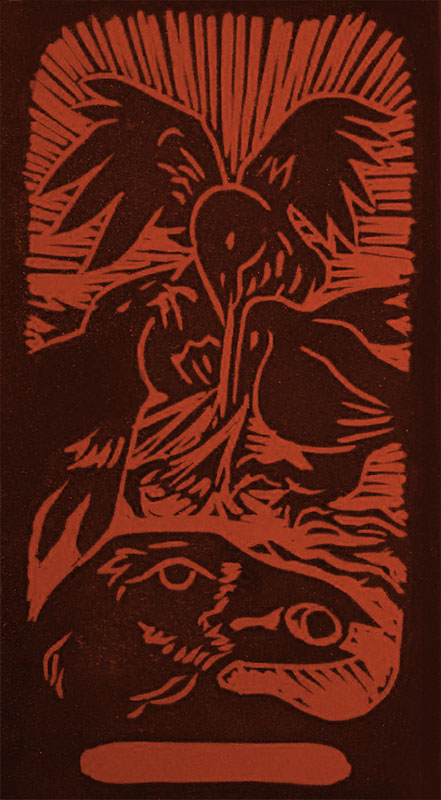
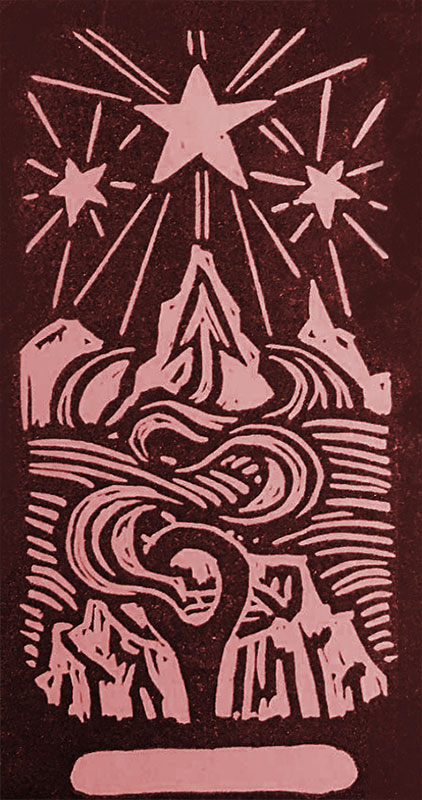
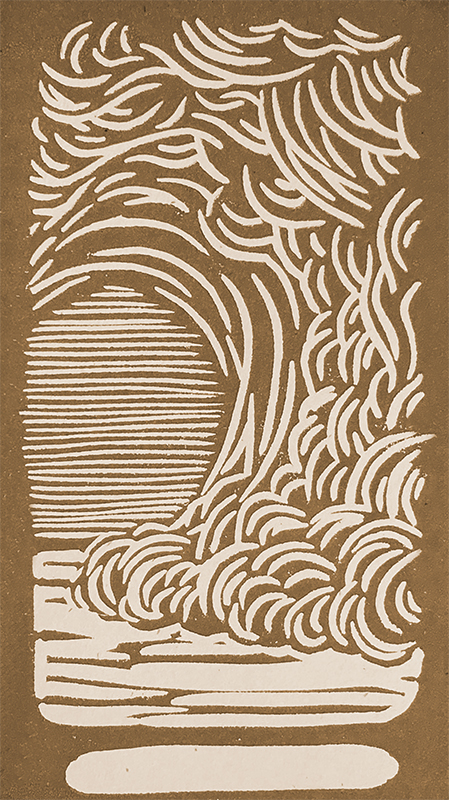
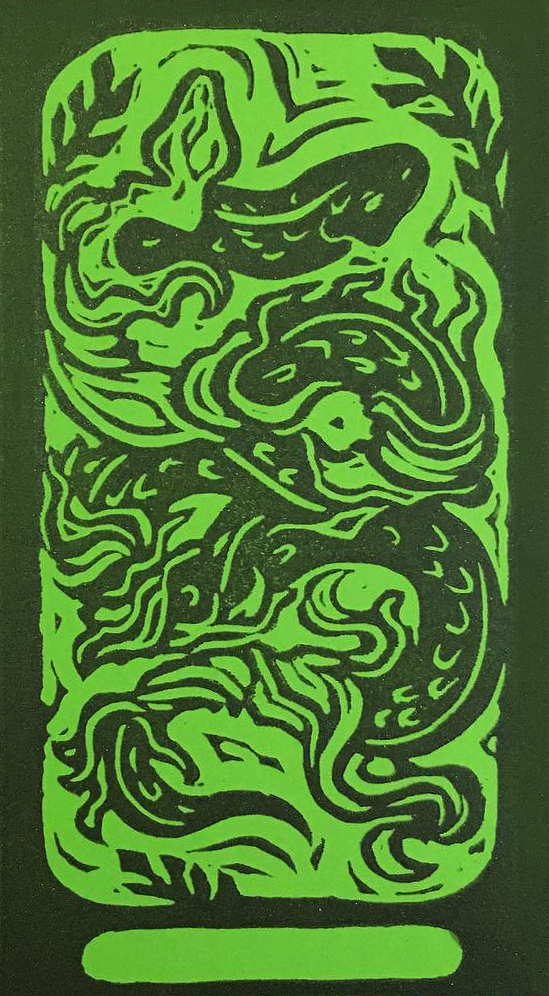
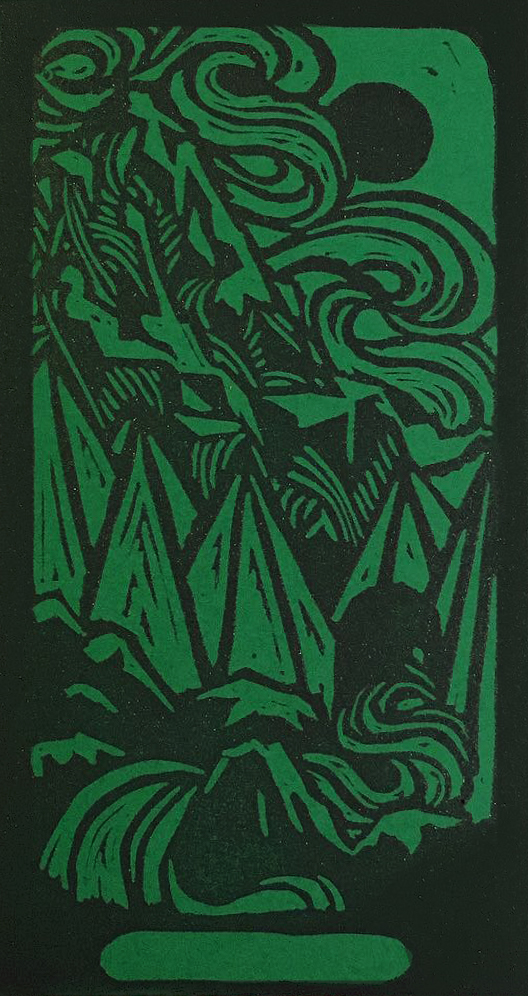
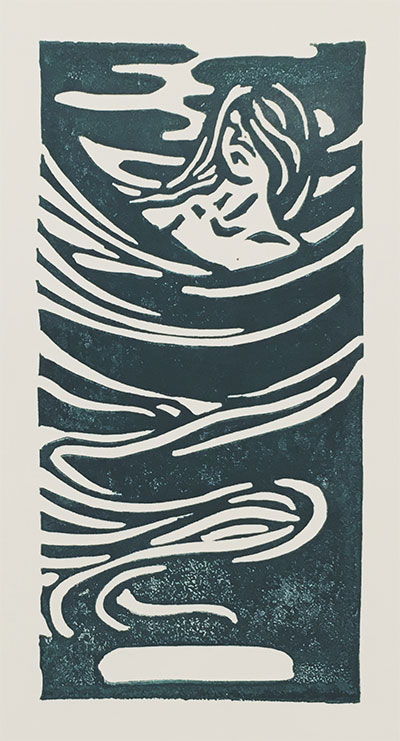
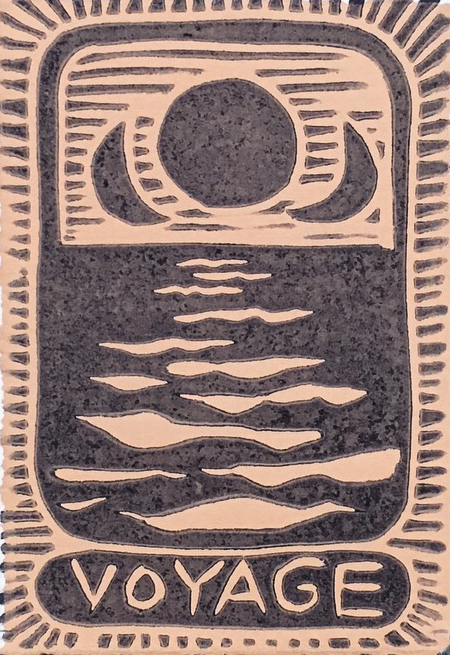
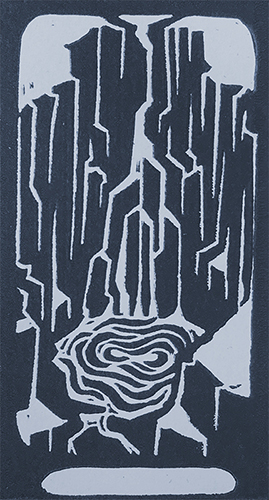
I LOVE THIS! such a great idea and implemented very well. Ill be keeping an eye out for more.
Thanks! I've still got quite a few to finish carving/printing/posting, so they'll keep rolling in, at least for the initial 100! (Though realistically, I expect to find some deviations, so we'll see about that final number ^_^)